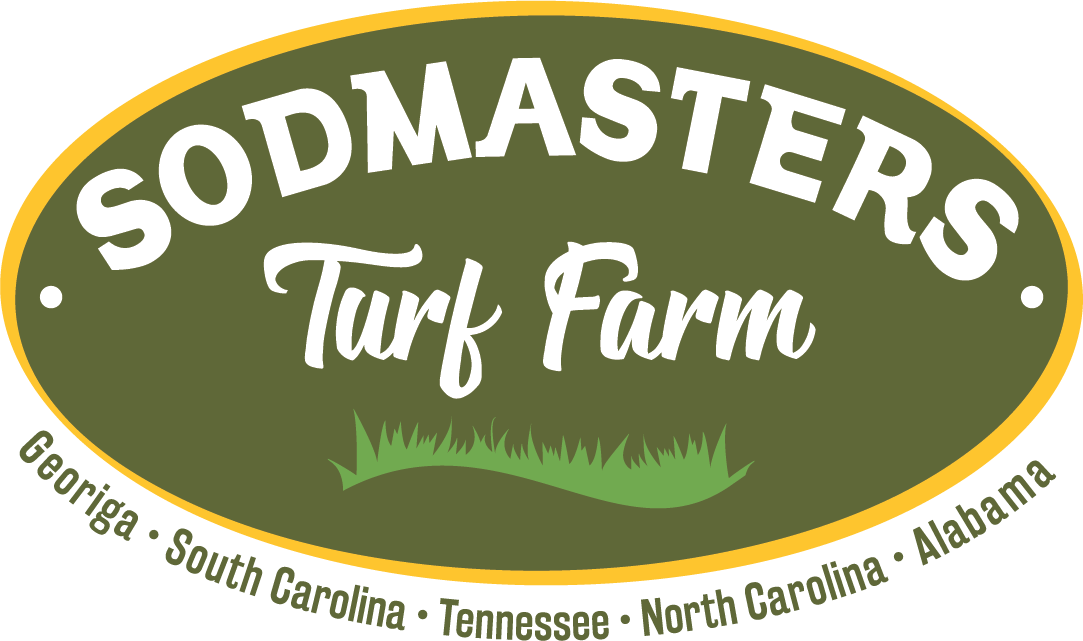NorthBridge – Maintenance Guide
SPRING
MOWING
For the first mow of the spring, remove dormant grass leaves to promote new growth by dropping your mower down a notch and giving it a “buzz-cut” with a rotary mower that has a sharpened blade. Bag up all the material to keep excess clipping from clumping or causing disease.
After your initial “buzz-cut”, begin mowing your NorthBridge at the desired height of 0.5–1.5 inches.
WATERING
Don’t overwater. In the active growing season, NorthBridge needs about 1 inch of water a week from natural rainfall or irrigation. If you apply any granular fertilizer or control product, you will need to water it in. This is a sufficient amount of water for the week. Overwatering may promote disease outbreak. Conduct an irrigation audit to evaluate how much water is being delivered to different areas of your lawn.
FERTILIZATION
For optimal results, feed your lawn during the spring season by applying a granular fertilizer.
WEED CONTROL
Apply a pre-emergent herbicide when soil temperatures reach 55 degrees Fahrenheit. This will prevent summer annual weeds like crabgrass and goosegrass from plaguing your lawn and garden. Apply post-emergent herbicides in May as needed to control summer annual and perennial broadleaf weeds like white clover, knotweed, spurge and lespedeza. Products containing multiple broadleaf active ingredients are more effective in controlling broadleaf weeds.
INSECT CONTROL
Apply a broad-spectrum insecticide to prevent spring insects from appearing or to control any current spring insects like white grubs or sod webworms. White grubs may be active at this time. If you see any white grubs, apply a systemic insecticide.
FUNGUS CONTROL
Apply a systemic fungicide at a preventive rate to keep disease from taking hold of your lawn. You may begin to see circular brown or yellow patches as your NorthBridge begins to green up. This may be a sign of spring dead spot or some other turfgrass disease. Do not apply fertilizer until you’ve applied a systemic fungicide at a curative rate and your grass has recovered.
SUMMER
MOWING
NorthBridge Bermudagrass mowing heights during the summer generally range from about 0.5–1.5 inches. When mowing during the summer, never remove more than 1/3 of the leaf blade at a time. If you remove more than that, you will stress the grass and it may go brown for a short time. Taller blades provide more shade for your root system to stay cool and retain moisture during the hot summer days. If you are returning from vacation, you may have to mow multiple times to get the grass back to the desired height. Wait about 3–5 days between each mowing.
WATERING
Do not overwater the grass. NorthBridge Bermudagrass only needs about one inch of water weekly. Water for longer periods of time, less frequently and in the early morning hours. Take rainfall into consideration.
FERTILIZATION
For optimal results, feed your lawn monthly during the summer season by applying granular fertilizer labeld for bermudagrass once every three months.
WEED CONTROL
It is not recommended that you apply an herbicide at this time. Once temperatures exceed 85 degrees Fahrenheit, the herbicide will damage the grass. Common weeds to look out for include white clover, crabgrass, goosegrass, knotweed, lespedeza, sandspur, nutsedge and spurge.
INSECT CONTROL
Check for and control any white grubs. Apply Merit to prevent grub worms and apply GrubEx or Dylox 6.2 to treat grub worms. If you use a granular variety, water the lawn immediately after application to help soil absorption. Calculate that watering into your weekly watering amount. August is the best time to control grubs because they are small and feeding near the soil surface. Other insects to look out for include sod webworms, fall armyworms, billbugs, mole crickets.
FUNGUS CONTROL
Treat with a broad-spectrum fungicide like Heritage if needed. If you use a granular variety, water the lawn immediately after application to help soil absorption. Dollar spot may be an issue at this time. Calculate that watering into your weekly watering amount.
FALL
MOWING
During the fall, mowing will occur less often—keeping your NorthBridge Bermudagrass slightly higher will encourage deeper root growth which helps it survive in colder temperatures and during winter dormancy.
WATERING
Water less as temperatures drop—too much water will lead to disease. Water to prevent drought stress while grass is actively growing and after the beginning stages of dormancy to prevent dehydration.
FERTILIZATION
For optimal results, feed your lawn monthly during the fall season by applying granular ferilitzer once every three months.
WEED CONTROL
Apply pre-emergent herbicides to control winter annual and perennial weeds like chickweed, henbit, Poa annua, sedge, crabgrass or goosegrass. Apply post-emergent herbicides only when weeds are present.
INSECT CONTROL
Check for and control any white grubs. Treat with an insecticide if needed. If you use a granular variety, water the lawn immediately after application to help soil absorption.
FUNGUS CONTROL
It is recommended you apply a fungicide at preventative rates as this will help the grass enter colder months in a healthier condition. If you have had a fungus before, you may need multiple applications in affected areas. If spring dead spot was a problem, apply a fungicide at high rates to the problem area(s). Consider mapping those areas because fungicide treatment can be expensive. If you use a granular variety, water the lawn immediately after application to help soil absorption.
